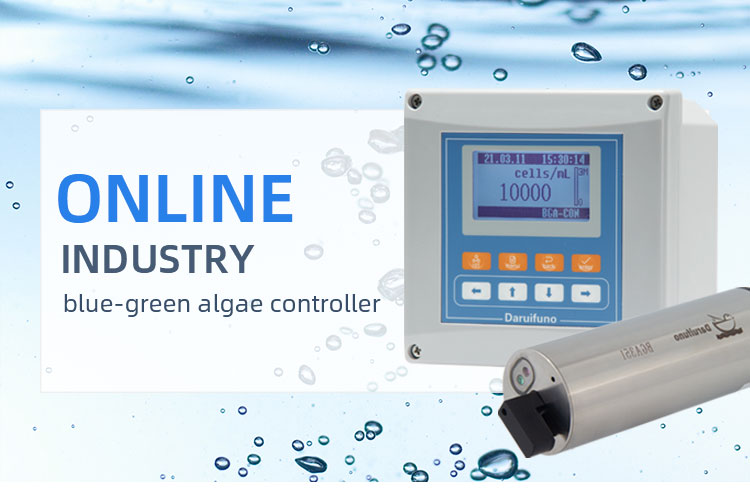LME market: Copper futures on the London Metal Exchange (LME), zinc futures and nickel futures closed lower on Friday evening composite trading as pressure from rising oil prices. An analyst told Reuters: “High energy prices are putting pressure on metal prices. The price of crude oil is US$60 per barrel, and the price of the metal cannot be strengthened.†The London-based International Petroleum Exchange (IPE) crude oil futures rose above the top of 51 US dollars per barrel on Friday and tested the record high, the New York Mercantile Exchange (NYMEX) 12 The monthly crude oil futures once rose to a record high of $55.39 and then fell slightly later. "The market is quite flat and the real factor is oil prices," said one LME trader. The aforementioned analysts said that high oil prices will lead to the first two weeks of November. The decline in manufacturing and other economic indicators has dragged metal market sentiment. He said, “after the release of economic data in November, the market may have an unexpected trend.†“The market will not collapse, but it will fall to key support levels. Copper futures may fall to $2,550, and aluminum may fall to 1,680." ** Other metals held steady to close lower ** Spot and three-month contract price spreads held steady at around $60, with an approximate November period of about three months. The inverse price difference for the monthly contract is 27 US dollars A trader said, "There is still a reverse spread, people are more willing to trade near-term contracts, rather than three-month contracts." Three-month nickel fell 100 US dollars to 13,200 US dollars, three-month zinc fell 13 The US dollar was quoted at 1,038. Three-month lead rose by 8 US dollars to 860. The three-month tin price was 75 US dollars higher at 8,850. LME copper: three-month copper closed at 2,804 US dollars per tonne, lower than yesterday's 2,825. A trader said: "Copper triggered some stop orders around $2,800, but the market stabilized at the 100-day moving average of 2,780, confirming the bottom of the range." Investors on Atlantic Copper's smelter workers in Spain have The cancellation of the 17-day strike was not clarified. Another trader said: "The stoppage of the refinery did not have a big impact on the market. We have already become accustomed to these problems on the supply side." The support under 2,800 has increased. Selling pressure was heavy above 2,840/2,850. LME Aluminium: Three-month aluminum regained earlier losses, which was $1 higher than final settlement, at $1,750. COMEX Copper: New York Mercantile Exchange's (COMEX) copper futures ended modestly on Friday. Low, but after the price fell sharply due to an earlier profit settlement, buyers are at the end During the period, the market entered a bargaining market. Copper prices fell in the morning as market participants took a short-term profit after two consecutive days of strong gains and triggered stop-loss orders, which caused the price to fall further. When the small speculators realized that the downgrade was no longer there. After more stop-loss orders, other market players bought on the bargain rallied by bullish fundamental news. December copper closed down 0.80 cents at $1.3055 per pound with trading range of $1.28 to $1.3210. Despite today's sharp concussion However, traders pointed out that copper futures are still limited to this week's trading range. One analyst said: "After a massive sell-off last week, the (December contract) seems to remain limited to the range around $1.30." Spot October copper closed down 0.90 cents to $1.3095. Other monthly contracts closed down 0.18 cents to close at 0.05 cents. Volume was estimated at 9,000, with a trading volume of 7,358 on Thursday.
Blue Green Algae Analyzer
Blue-green algae are usually produced in nutrient-rich water bodies, multiply in large numbers in summer, and form a layer of blue-green and fishy-smelling floating foam on the water surface, called "water bloom". Large-scale blue-green algae outbreaks will cause water quality to deteriorate In severe cases, it will deplete the oxygen in the water and cause a large number of fish deaths, causing immeasurable economic losses. The blue green algae analyzer is an instrument for online monitoring of blue-green algae. It uses the fluorescence method, which is more efficient and faster than the traditional manual counting method. A set of blue green algae analyzer includes a blue-green algae controller and a blue-green algae sensor, and the controller can realize display, control and output functions. The Blue Green Algae Sensor is directly put into the water for monitoring. It has high stability and is equipped with an automatic cleaning brush, which can eliminate the influence of air bubbles and has a long maintenance period. The blue green algae analyzer plays an early warning role in the reproduction of algae.

Blue Green Algae Analyzer,Blue-Green Algae Meter,Algae Analyzer,Algae Sensor
Suzhou Delfino Environmental Technology Co., Ltd. , https://www.daruifuno.com
